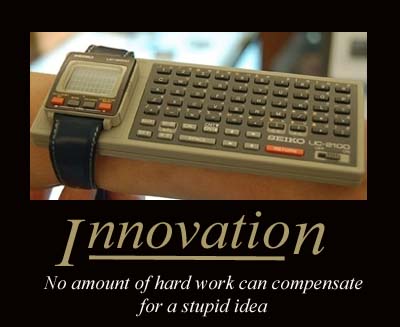The second you explain how the EAc6, Green Power credit works is the second your client starts to think how much it costs. The cost of renewable energy credits (RECs) varies tremendously, so be sure to shop around. Thankfully the US Department of Energy has put together a handy list of REC products for you to choose from, though the list is a bit old (October 2007). Looking at the prices we're paying for a few current projects indicates the general price ranges listed are still more or less accurate.

As you can see from the chart (click on the image for a clearer view), the price can range anywhere from $.005/kWh to $.056/kWh - a huge difference! After talking to Jason Wykoff from RenewableChoice, RealLifeLEED has learned that the difference can be attributed to a variety of factors including whether the company is generating power voluntarily or due to state renewable energy portfolio standards. If you want to get locally generated REC's you can expect to pay more than if you can choose a national vendor. For instance, South Carolina has less than optimal conditions for generating solar and wind, and our local utility's new program costs $.040/kWh, which is much more than the rate our company paid 3Phases for our office's 100% offset last year.
From Cost/kWh to Cost/sf
RealLifeLEED is here to provide you with a handy guide for quoting average costs per square foot of RECs based on the DOE rates indicated and the Commercial Buildings Energy Consumption Survey average electrical intensity for various building types that can be found online or in your reference guide. I recommend the online guide because there's more detailed information that is helpful in other ways.
Remember, your actual costs are likely to be lower than indicated here as a LEED building should be using less energy than the "average" buildings. By using the costs for an average building, you're prepping the client for a higher cost than he/she will likely need to pay for your energy efficient building. Benchmark costs for 35% (1 point), 70% (1 point + 1 ID Exemplary Performance point), and 100% (1 point + 1 ID point + good karma and marketing) are provided for each. The costs assume the per square foot costs for two years of credits, so all you have to do is multiply the price listed by the total square footage of the building to determine the cost to comply with the credit - there is no need to multiply by two to show the two years worth of credits. I'm assuming an REC rate of $.010/kWh which should be possible to find, though a source on Wikipedia indicates the median cost is $.020/kWh and can go as high as $.090/kWh:
- Education (8.9 kWh/sf/year)
- 35% - $.06/sf
- 70% - $.13/sf
- 100% - $.18/sf
- Food Sales (46.0 kWh/sf/year)
- 35% - $.32/sf
- 70% - $.64/sf
- 100% - $.92/sf
- Food Service (37.4 kWh/sf/year)
- 35% - $.26/sf
- 70% - $.52/sf
- 100% - $.75/sf
- Inpatient Health Care (24.0 kWh/sf/year)
- 35% - $.17/sf
- 70% - $.34/sf
- 100% - $.48/sf
- Outpatient Health Care (11.3 kWh/sf/year)
- 35% - $.08/sf
- 70% - $.16/sf
- 100% - $.23/sf
- Lodging (11.9 kWh/sf/year)
- 35% - $.08/sf
- 70% - $.17/sf
- 100% - $.24/sf
- Retail Other Than Mall (9.4 kWh/sf/year)
- 35% - $.07/sf
- 70% - $.13/sf
- 100% - $.19/sf
- Office (11.5 kWh/sf/year)
- 35% - $.08/sf
- 70% - $.16/sf
- 100% - $.23/sf
- Public Assembly (5.1 kWh/sf/year)
- 35% - $.04/sf
- 70% - $.07/sf
- 100% - $.10/sf
- Public Order and Safety (7.9 kWh/sf/year)
- 35% - $.06/sf
- 70% - $.11/sf
- 100% - $.16/sf
- Religious Worship (3.5 kWh/sf/year)
- 35% - $.03/sf
- 70% - $.05/sf
- 100% - $.07/sf
- Service (6.3 kWh/sf/year)
- 35% - $.04/sf
- 70% - $.09/sf
- 100% - $.13/sf
- Warehouse and Storage (3.1 kWh/sf/year)
- 35% - $.02/sf
- 70% - $.04/sf
- 100% - $.06/sf
Use these figures at your own risk! Prices fluctuate, and actual energy use for your project may be substantially different than industry averages. Did I miss something? Let me know via comments!









